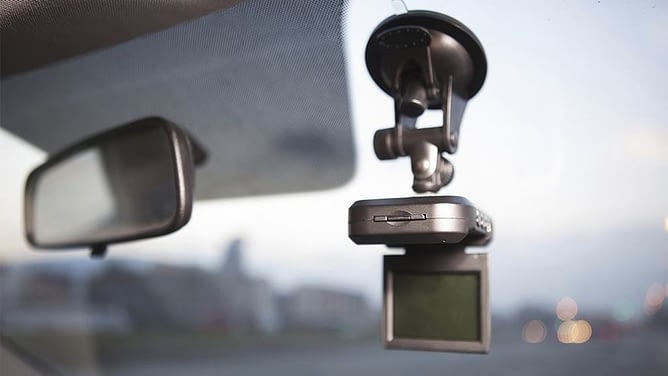While avoiding accidents should be a no-brainer, they can occur to even the best drivers since sometimes the conditions on the road or other drivers’ skills are not something that can be controlled. Having a silent witness to the entire event can often help in numerous ways and even keep responsible drivers out of jail and tickets if the accident was not their fault.
Dash cams come in various shapes, sizes, and functionality, but the best dash cams have a certain set of characteristics that sets them apart. The best dash cams have the following three characteristics that should be considered when buying one.
Image Quality
While dash cams can offer a lot of additional features, the most important and “basic” requirement should come first, and that is the quality of the camera itself. High-quality lenses help create a clearer and better picture which, in the end, helps see all of the details of the accident or the scenery that is being recorded by a dash cam. Regarding the quality of the camera, buyers should keep an eye on the resolution, field-of-view (FOW), the number of frame rates the camera offers (fps), and night vision capability.
When it comes to resolution, the more pixels the camera has, the better; while 4K may be the go-to resolution, more capacity will be needed for such videos. Field of view is equally important, though most dash cam producers tend to avoid mentioning the FOW, there is a trade-off as a larger field of view means less image quality.
Best dash cams have a higher fps count (usually 60 or more) and offer night vision, which is key if you plan on driving your car at night or parking it in poorly lit parking spots.
Storage and Security
Higher-quality video eats up a lot of storage, so getting a dash cam with ample storage is key to avoiding the repetitive task of extracting the videos and emptying the storage. Best dash cams often have more than a paltry 4GB capacity, though adding additional storage should be possible through SD cards. Furthermore, better dash cams have something called the G-Sensor, which starts the recording if it detects a sudden change in motion and automatically saves the video from being overwritten.
Built-in Display
Though most dashcams connect to a mobile phone to provide a screen, others have built-in displays. The display enables a review of the footage and allows for more flexibility and control over the recording process and footage storage.
While smartphones have advanced considerably, especially in terms of display quality, even the best dashcams have a hard time following them. However, a large enough display is a must, with a resolution and responsiveness that allows quick manipulation, is a must. Furthermore, LCD displays with ample backlight are usually built into better dash cams, and the display size ranges from 2 to 3 inches with fast enough response times and flexibility to adjust settings on the fly.
Follow Techdee for more!





